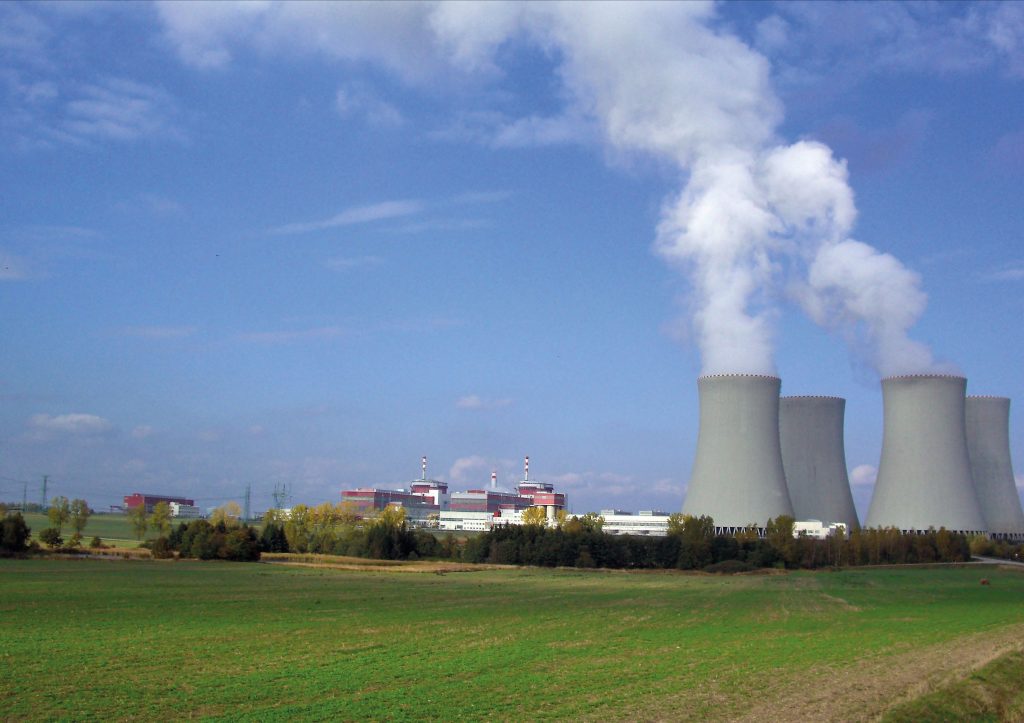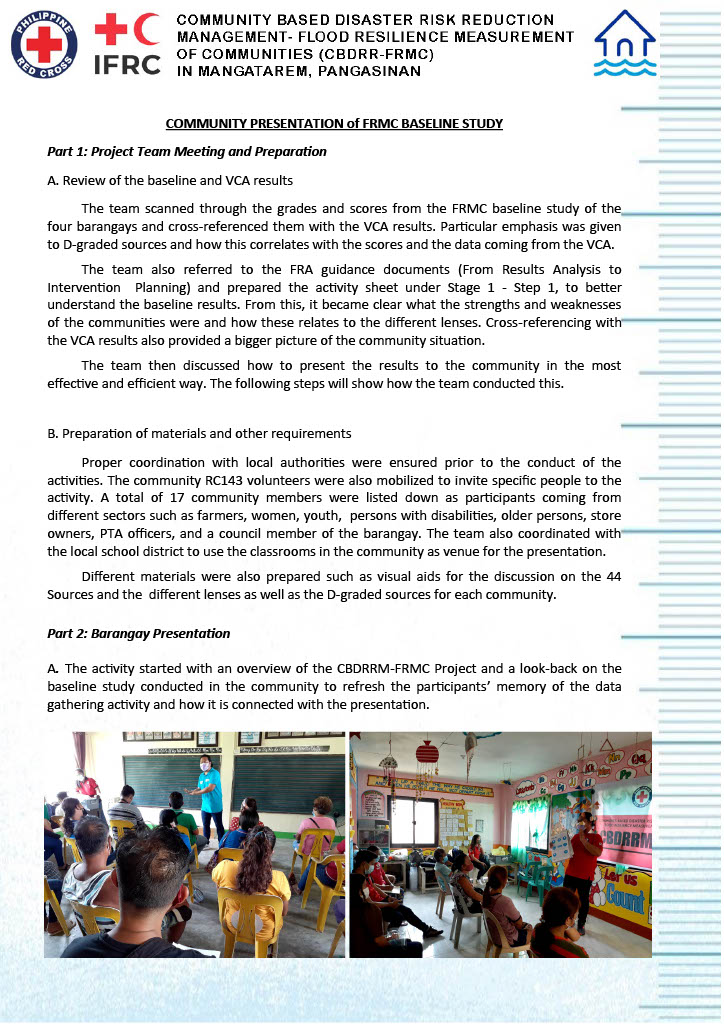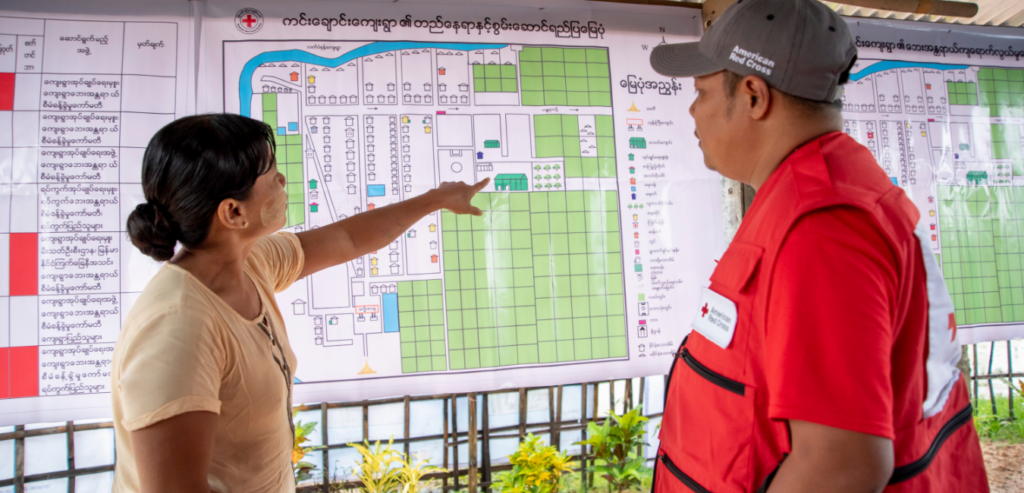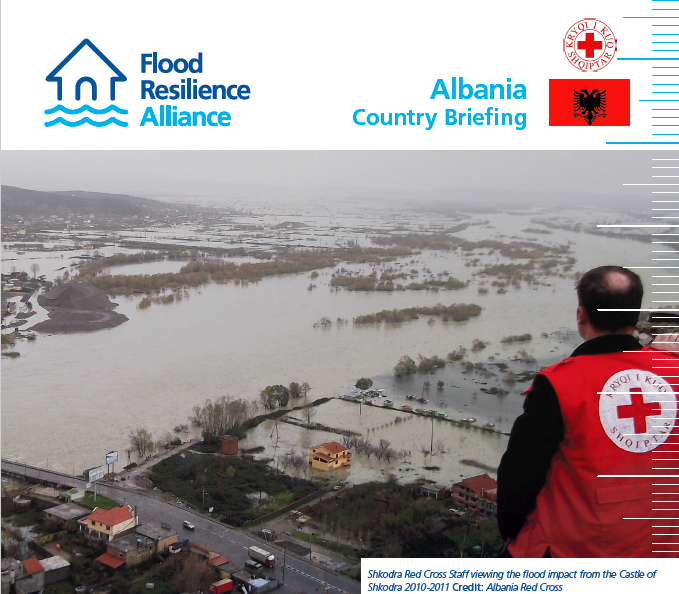Coalition Building for Urban Community Resilience
LAS TRADUCCIONES AL ESPAÑOL DE LOS JUEGOS DE HERRAMIENTAS ESTÁN AQUÍ Description: Communities worldwide have greater opportunities for growth and connectedness than ever before; yet the number of people exposed to hazards, shocks, and stresses is rapidly increasing, especially in coastal cities, leading to increased risk and vulnerability. At the same time, people living in […]
Coalition Building for Urban Community Resilience Read More »






